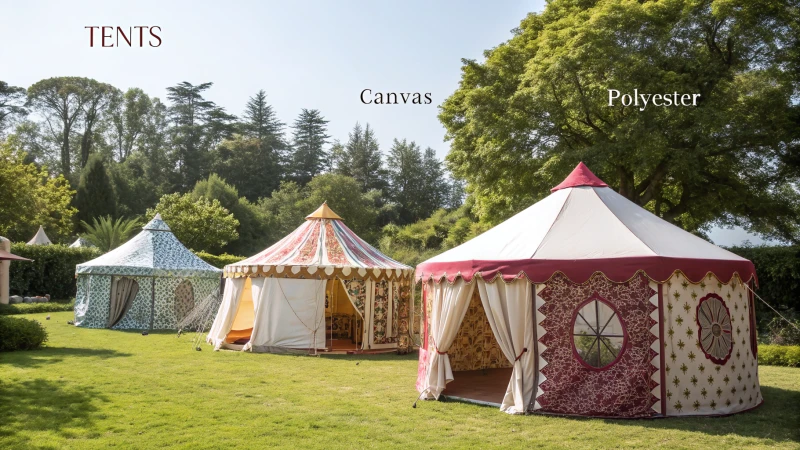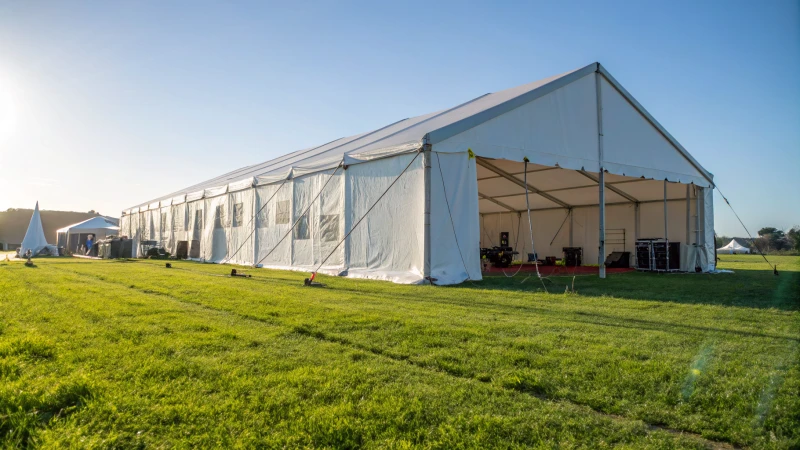
The allure of a warehouse tent often masks the hidden costs lurking beneath its canvas.
Hidden costs of buying a warehouse tent include expenses for shipping, installation, anchoring, and maintenance. These costs can vary significantly based on factors like tent size and location, making it essential to plan your budget accordingly.
I remember when I first ventured into the tent business, I was drawn in by the seemingly straightforward costs. But as I delved deeper, I realized the real financial journey lay beyond the initial price tag. You see, the purchase is just the beginning. Shipping and logistics can throw in a surprise twist with their varying fees depending on your location. And let’s not forget installation—professional setup isn’t always as simple as pegging down a tent at a summer camp; it can entail tools and manpower that quickly add up. Anchoring and foundational work are other aspects that caught me off guard initially, as they require careful planning and budgeting. Then there’s the ongoing maintenance to keep everything in tip-top shape, from cleaning to unexpected repairs. By sharing this, I hope to help you navigate these waters more smoothly than I did initially.
Shipping costs for warehouse tents are often underestimated.True
Shipping costs can vary greatly based on size and location.
Maintenance of warehouse tents is rarely necessary.False
Regular maintenance is needed to ensure durability and safety.
How Much Should You Budget for Shipping and Logistics?
Ever find yourself tangled in shipping and logistics costs, wondering where your money actually goes? I’ve been there too. Budgeting accurately can transform your business from a stress-inducing venture into a smoothly running operation.
To budget effectively for shipping and logistics, start by evaluating shipping methods, destination specifics, package dimensions, and potential hidden costs. Utilize online calculators and industry benchmarks to develop a precise estimate that supports your profitability goals.

Understanding Shipping Methods
I’ve learned the hard way that choosing the right shipping method can make a huge difference in costs. Imagine sending a rush order via air freight because a customer absolutely needed their tent for an event — it was costly, but necessary. On the other hand, for less time-sensitive deliveries, standard ground shipping often does the trick and saves quite a bit. It’s all about balancing speed with budget.
To compare costs1, consider factors like delivery time and package dimensions.
The Role of Destination and Distance
Shipping expenses really start to pile up with international orders. I remember the first time I shipped a tent across the globe; I hadn’t anticipated the customs duties and port handling fees that accompanied it. These can add a significant chunk to your costs, sometimes ranging from 10% to 30% of your item’s value.
For global transactions, be mindful of additional fees like customs duties and port handling fees2.
Analyzing Package Dimensions and Weight
Bigger isn’t always better when it comes to shipping. Early on, I underestimated how much a large, heavy package could increase my costs. Carriers have these complex formulas combining weight and size to determine pricing. These days, I rely heavily on shipping calculators3 to avoid surprises.
Accounting for Hidden Costs
The hidden fees can catch you off guard. I’ve faced unexpected charges like fuel surcharges and residential delivery fees more times than I care to admit. Additionally, when dealing with high-value shipments, I’ve found that insurance is worth the investment.
| Cost Component | Estimated Range |
|---|---|
| Domestic Shipping | $5 – $100+ |
| International Shipping | $50 – $5000+ |
| Customs Duties | 10% – 30% of item value |
| Insurance | 0.5% – 2% of item value |
| Port Handling Fees | $100 – $500 |
Utilizing Technology and Tools
Technology has become my best friend in managing logistics costs. Tools like online calculators, carrier websites, and logistics management software4 help keep my estimates accurate and my budget on track.
Leveraging Industry Benchmarks and Strategies
Staying informed about industry standards is vital. For instance, in e-commerce, logistics might eat up about 10% of revenue. Knowing this helps me maintain competitive pricing while ensuring profitability. I often delve into industry reports5 for deeper insights.
Negotiating with Carriers
Negotiation has been a game-changer in reducing my logistics costs. Building strong relationships with carriers and discussing bulk shipping discounts or long-term contracts can lead to significant savings. Developing strategic partnerships6 has paid off time and again.
By understanding these elements, I’ve been able to plan my shipping budgets more effectively, optimizing cost-efficiency without compromising on delivery quality or speed.
Air freight is cheaper than ground shipping.False
Air freight generally costs more due to speed and efficiency.
Customs duties can be up to 30% of item value.True
Customs duties range from 10% to 30% based on the item's value.
What Are the Typical Installation Costs?
Have you ever been caught off guard by installation costs?
Installation costs can range from $500 to $5,000, depending on project size, complexity, and location. Materials and labor are the primary cost drivers, and understanding these can help you plan effectively.
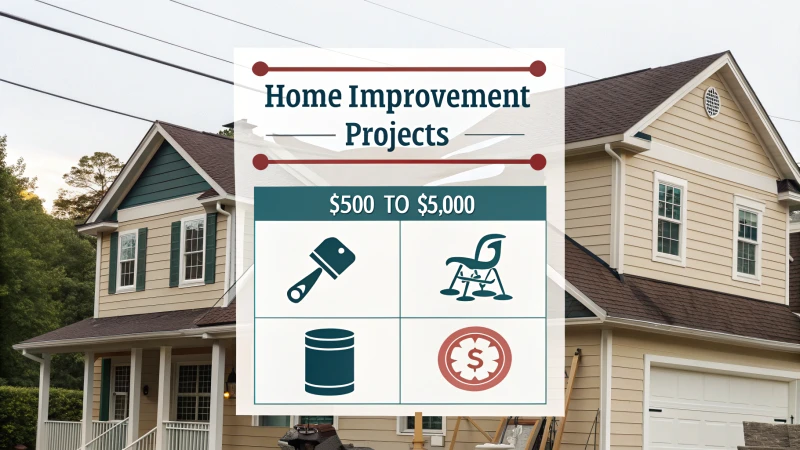
Factors Influencing Installation Costs
When it comes to installation costs, I’ve learned firsthand that there’s no one-size-fits-all answer. It all depends on a variety of factors like the project’s size, complexity, and even where you live. I remember when I was updating my home office; the costs were significantly different from what a friend paid in a more rural area. Urban areas7 often have higher labor costs due to demand, which caught me off guard initially.
Material Costs
Materials can make or break your budget. A lesson I learned when I opted for premium-grade windows instead of standard ones — they definitely hit my wallet harder! Here’s a quick comparison to give you an idea:
| Material Type | Average Cost per Unit |
|---|---|
| Standard Windows | $200 – $400 |
| Premium Windows | $600 – $1,200 |
Labor Costs
In my experience, labor can take up half or more of the total installation budget. Skilled professionals have charged me anywhere between $50 and $150 an hour, depending on their expertise and where I’m located. I found hiring local contractors a bit easier on the budget since they didn’t have to factor in hefty travel costs. Hiring local contractors might help reduce expenses8 as they often have lower travel costs.
Permits and Inspections
Some installations require permits and inspections, which I learned the hard way can add anywhere from $100 to $500 to your expenses. Compliance with local regulations is crucial — I once overlooked this and ended up with unexpected fines!
Additional Considerations
- Unforeseen Challenges: These have caught me by surprise more than once. Hidden damages during an installation can definitely rack up the costs.
- Seasonal Variations: I’ve noticed some savings during off-peak seasons when demand drops.
- DIY vs. Professional Services: While DIY might seem cheaper upfront, I’ve found professional services often save time and ensure quality in more complex projects.
For more insights, you might want to look into installation tips9 that could suit your specific needs.
Urban areas have higher installation costs than rural areas.True
Urban areas often have higher labor costs due to demand and availability.
Labor makes up less than 30% of installation costs.False
Labor can account for 50% or more of total installation costs.
Why is Regular Maintenance Essential and How Much Does It Cost?
Imagine cruising down the highway, confident your car is in top shape. That’s the peace of mind regular maintenance brings. But what’s the real cost of keeping your vehicle running smoothly?
Regular maintenance is crucial to keep your vehicle running efficiently, avoid costly repairs, and ensure safety. Costs typically include oil changes from $35 to $75 and brake services between $100 and $300, varying by vehicle and location.
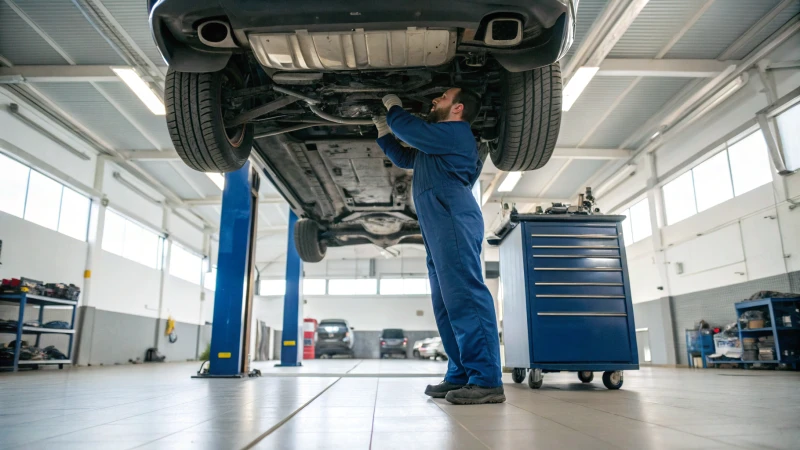
The Importance of Regular Maintenance
I remember the first time I learned the hard way about car maintenance. My old sedan broke down in the middle of nowhere because I’d ignored the warning signs—a costly mistake I vowed never to repeat. Regular maintenance isn’t just about a shiny exterior; it’s about ensuring each part of your vehicle functions smoothly. This practice not only prevents breakdowns10 but also improves fuel efficiency and extends your car’s life. For example, regularly changing the oil keeps the engine clean by removing contaminants, much like detoxing your body keeps you healthy.
Key Maintenance Tasks and Their Costs
Here’s a table summarizing typical maintenance tasks and their associated costs—lessons learned from my years of motoring adventures:
| Maintenance Task | Estimated Cost Range | Frequency |
|---|---|---|
| Oil Change | $35 – $75 | Every 3,000-5,000 miles |
| Brake Service | $100 – $300 | Every 20,000-60,000 miles |
| Tire Rotation | $20 – $50 | Every 6,000-8,000 miles |
| Battery Check | $15 – $50 | Annually |
Prices can vary based on your vehicle’s make, model, and where you get your service.
Long-term Benefits of Maintenance
Investing in regular maintenance may seem like a lot initially. However, from my experience, it’s a savvy move that saves money in the long run by sidestepping major repairs. Once, I overlooked replacing a timing belt11—until it snapped, leading to engine failure and a repair bill that nearly made me cry. Keeping up with maintenance ensures your car retains its resale value far better than one that’s neglected.
Factors Influencing Maintenance Costs
Several factors can sway the cost of regular maintenance:
- Vehicle Type: Luxury cars often come with higher maintenance costs compared to their economy counterparts.
- Location: Service prices vary significantly between regions due to differences in labor rates and taxes.
- Service Provider: Dealerships might charge more than independent mechanics, though they often provide specialized expertise for certain vehicles.
Understanding these factors can help you plan and budget more effectively for your car’s upkeep. Trust me, being proactive about these things can spare you from those dreaded "stranded on the side of the road" moments.
Regular oil changes prevent engine wear.True
Oil changes remove contaminants, reducing engine wear and extending life.
Brake service is needed every 5,000 miles.False
Brake service is typically needed every 20,000-60,000 miles.
What Insurance Coverage Do You Need for a Warehouse Tent?
I remember the first time I faced the daunting task of insuring a warehouse tent—talk about a steep learning curve!
For a warehouse tent, consider general liability, property insurance, and business interruption coverage. These policies offer protection against accidents, damages, and income loss, safeguarding your operations from unexpected disruptions.
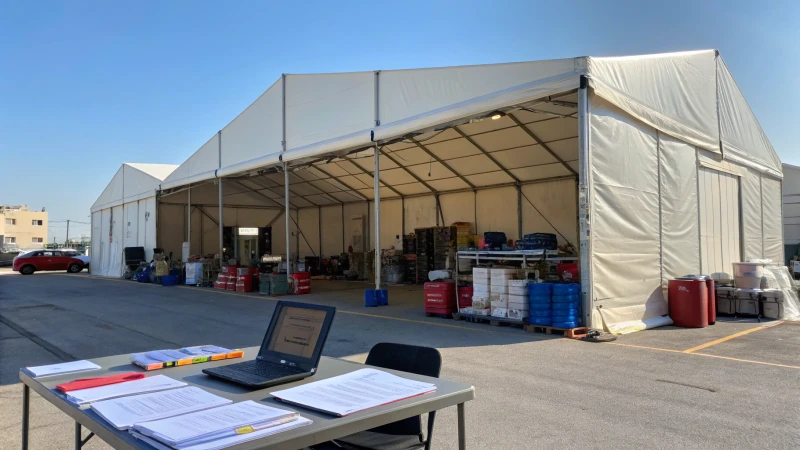
Navigating the insurance maze can be overwhelming, especially when it involves something as unique as a warehouse tent. Picture this: you’ve just invested in a massive tent for your storage needs or a grand event, and the peace of mind that comes with knowing it’s protected against the unexpected is priceless. Here’s a rundown of the types of coverage you’ll need.
Understanding General Liability Insurance
General liability insurance is like having a safety net under your tightrope walk. It’s there to catch you if things go sideways, such as if someone trips and falls at your tent site or if there’s accidental damage to someone else’s property. I once had a close call at an event where a gust of wind almost toppled over a section of the setup—having liability insurance saved me from a potential financial nightmare.
- Bodily Injury: Imagine covering medical expenses and legal fees if an accident happens. This is crucial for peace of mind.
- Property Damage: Protects you from claims if your tent causes damage to someone else’s property.
Check out general liability insurance12 options tailored for temporary structures like warehouse tents.
Property Insurance for Your Tent
Think of property insurance as the guardian of your tent’s physical structure. Whether it’s theft, vandalism, fire, or natural disasters, this policy ensures that both the tent and its contents are secure. I remember hearing about a colleague whose tent was ravaged by an unexpected storm—they were thankful they had comprehensive property coverage.
- Theft Protection: Offers reimbursement for any stolen items from the tent.
- Natural Disaster Coverage: Provides financial aid for storm or earthquake damages.
Explore property insurance13 solutions specifically covering tents to avoid any coverage gaps.
Business Interruption Insurance
When a storm forced us to close operations temporarily, business interruption insurance was our financial lifesaver. It’s designed to cover lost income during such downtimes, ensuring you can keep up with ongoing expenses even when business activities are paused.
- Income Loss Compensation: Helps recover lost profits during shutdowns.
- Expense Coverage: Covers ongoing costs even when operations are halted.
Look into business interruption policies14 that cater to temporary structures to ensure you’re fully protected.
Additional Considerations
Other insurance types worth considering include:
| Insurance Type | Purpose |
|---|---|
| Equipment Insurance | Covers machinery used within the tent |
| Cargo Insurance | Protects goods transported to and from the tent site |
| Umbrella Liability | Provides extra liability coverage beyond standard policies |
Taking the time to evaluate these options can bring peace of mind and financial security. Trust me, consulting with an insurance expert15 who understands the nuances of insuring temporary structures like warehouse tents can make all the difference. They’ll help tailor insights to your specific situation, ensuring no critical area is left unprotected.
General liability insurance covers natural disasters.False
General liability covers injury and property damage, not natural disasters.
Business interruption insurance compensates for lost profits.True
It reimburses lost income during downtimes caused by insured events.
Conclusion
Buying a warehouse tent involves hidden costs like shipping, installation, anchoring, maintenance, and insurance. Proper budgeting is essential to avoid unexpected expenses and ensure smooth operations.
-
Understanding cost differences between air and ground freight helps optimize your budget. ↩
-
Learn about additional fees incurred during international shipments at ports. ↩
-
Find tools that provide accurate estimates for shipping costs. ↩
-
Discover software solutions that help manage and reduce logistics costs. ↩
-
Stay updated with industry standards to maintain competitive pricing. ↩
-
Learn strategies for negotiating better rates with shipping carriers. ↩
-
Discover how geographic location impacts labor rates and material availability, affecting overall installation expenses. ↩
-
Find practical ways to lower installation costs, including choosing local contractors and comparing multiple quotes. ↩
-
Gain insights into effective installation strategies that can save time and money while ensuring quality outcomes. ↩
-
Exploring this link will provide insights into how maintenance practices like oil changes and brake checks prevent unexpected vehicle failures. ↩
-
Learn why timely timing belt replacements are critical for avoiding costly engine repairs. ↩
-
Explore options that offer tailored coverage for temporary structures like warehouse tents. ↩
-
Discover policies specifically covering tents to avoid gaps in protection. ↩
-
Find policies including specific clauses for temporary structures to ensure comprehensive protection. ↩
-
Consult specialists who understand the nuances of insuring temporary structures. ↩


